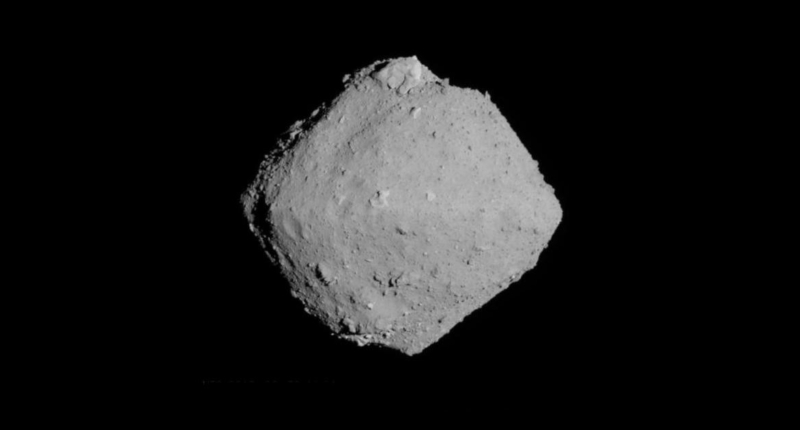Japanese researchers identified 20 amino acids, the building blocks of life, in the samples collected by the Hayabusa2 spacecraft from the C-type asteroid Ryugu. The presence of these amino acids in extraterrestrial environments supports the theory of panspermia, which suggests that life exists throughout the universe and could have spread between planets via asteroids and meteorites. Asteroids are among the oldest objects in the solar system and could help explain how Earth formed and evolved. The Hayabusa2 mission was launched to find answers to the source of the origins of planets in the solar system.
Scientists have confirmed that the building blocks of life, uracil and niacin, were detected in rocks collected by the Japanese Space Agency’s Hayabusa2 spacecraft from two sites on Ryugu in 2019. Uracil is a component of RNA, which is vital in the coding, regulation, and activity of genes, while niacin is important for metabolism. The samples, found to be the most primitive material ever studied in a lab, are believed to be nearly 4.5 billion years old and formed much farther away from the Sun than Earth, possibly close to the orbit of Neptune.
Astrochemist Yasuhiro Oba of Hokkaido University in Japan said that their key finding is that uracil and niacin are present in extraterrestrial environments and may have been provided to the early Earth as a component of asteroids and meteorites. The researchers believe that these compounds may have played a role in the prebiotic evolution on Earth and possibly the emergence of the first life.
The discovery of these organic compounds in Ryugu’s samples is significant as it supports the theory of panspermia, which suggests that life exists throughout the universe and could have spread between planets via asteroids and meteorites. The study of Ryugu’s samples may provide new insights into the origin and evolution of life on Earth and other planets.
The scientists extracted uracil, niacin, and other organic compounds from the Ryugu samples by soaking the material in hot water and then analyzing it using liquid chromatography and high-resolution mass spectrometry. The results show that these compounds are present in extraterrestrial environments and could have played a crucial role in the emergence of life on Earth.
In December 2020, the Hayabusa2 spacecraft returned a sample capsule containing material from the C-type asteroid Ryugu to Earth, which was then analyzed by Japanese researchers. The team identified 20 amino acids, which are molecules that combine to form proteins and are essential building blocks of life. The findings support the hypothesis that bodies like comets, asteroids, and meteorites that bombarded early Earth seeded the young planet with compounds that helped pave the way for the first microbes. Asteroids, being among the oldest objects in the solar system, can provide valuable insights into the formation and evolution of planets, and the Hayabusa2 mission was launched with the goal of finding answers to the origins of planets in the solar system.
Don’t miss interesting posts on Famousbio









